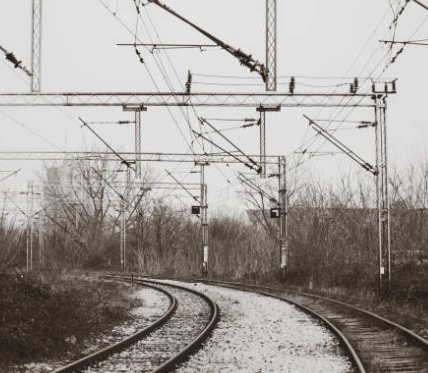 With the wide range of electric traction systems that can be found across the world, it can be tough to know more about which type of electric traction power is responsible for each type of railway. The technology is required in installations today and it was first used around 100 years ago in early electric trains. Electric traction systems may not have developed greatly but over the last 20 years, there have been rapid advancements in this field.
With the wide range of electric traction systems that can be found across the world, it can be tough to know more about which type of electric traction power is responsible for each type of railway. The technology is required in installations today and it was first used around 100 years ago in early electric trains. Electric traction systems may not have developed greatly but over the last 20 years, there have been rapid advancements in this field.
Many of these developments are complex and technical and they have created a series of changes in the original technology. Here are some of the main details regarding railway electrification systems.
Power Supply Technology
Any electric railway will need access to a power supply. A train needs to be powered at all times and this power supply needs to be user friendly and extremely economical. Power supply systems can use alternating current or direct current. DC has long been the main solution for many railway systems over the past few decades. AC is often better over long distances and cheaper to install but it often requires more complicated technology to manage.
AC systems commonly use an overhead wire DC can use an overhead wire or third rail technology. Usually, with DC power supply in trains, overhead and third rail technology are the common solutions for use. Overhead current collectors use what’s called a pantograph as this was the shape for power collection for about three decades. The circuit that runs through the Railsback to the substation is then connected to the ground.
Shoegear And Shoes
In order for a train to receive power from a third rail technology, there also needs to be a contact system with the third rail. The easiest contact system for many trains is called a top contact and is installed in the third rail along with a shoe slide pickup.
This slide contact system offers a much more discrete operation as top contact can often be far more exposed. A bottom contact with the third rail is often the most preferred because you can cover the entire rail and make sure that the electrical system is protected in cold weather. Third rail shoe systems were commonly called slippers and original slippers were never designed to fit into the design of a train. They glided along exposed. Modern shoe designs have lifting facilities and a series of features that can allow for lifting them over the current rail or utilizing safeguards if the shoe was to break off.
With a series of systems responsible for train power technology, it is important to use the best quality items when outfitting your fleet. If you would like to learn more about train power systems, contact us today.
